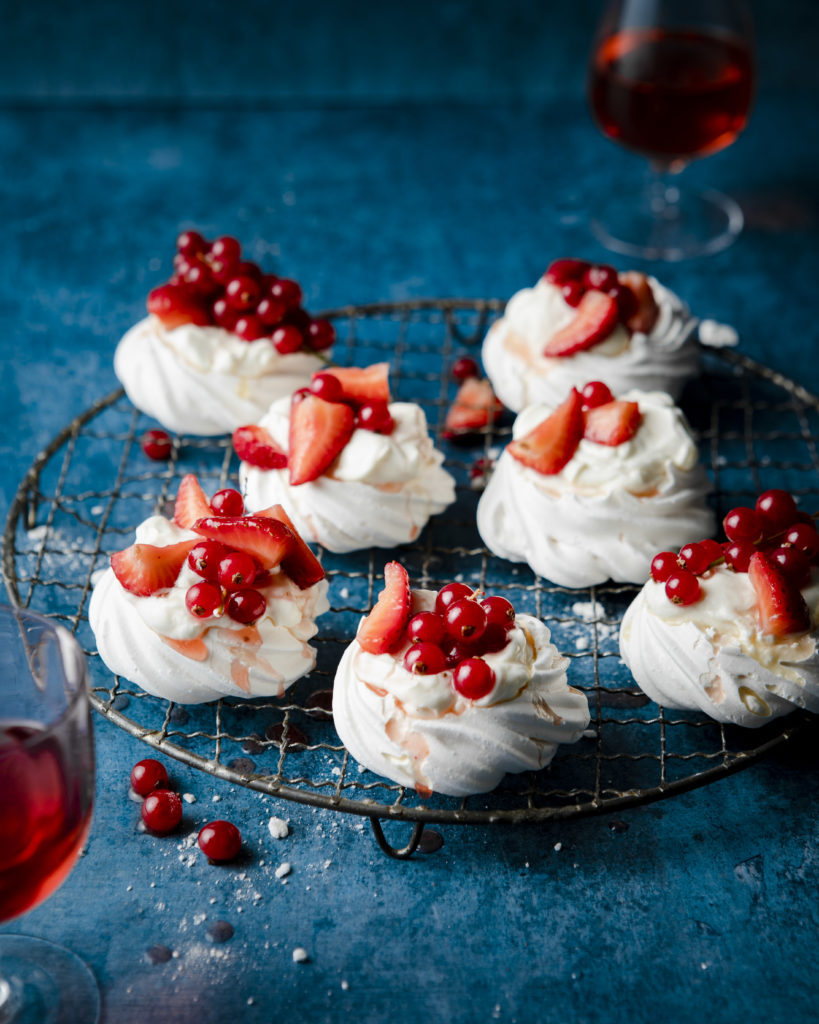
Do you currently own a camera? Are thinking of upgrading your current camera and wondering what’s the best camera for food photography purposes? Or perhaps even buying a new camera for the first time? Then knowing the difference between full frame and crop sensor camera is vital. This will ensure you get the best quality Images for your food as well as help you decide which lenses you will need as part of your set up.
What is a sensor?
In order to truly understand the difference between a full frame versus a crop sensor, let’s first define what a sensor is. A camera’s sensor is the most important part of a camera that captures the image and all the information that you find in your image files, be it a JPEG or a RAW file.
When you press the trigger button in a DSLR camera, a shutter goes up in front of the camera sensor. Light enters through the aperture of the lens and hits the sensor where all the information about the image is captured. Another shutter then comes down in front of the mirror and the image is captured.
Full frame vs Crop Sensor
Since all the information about the images is stored on the sensor, the size of the sensor is very important. The larger the sensor, the more information that can be stored. That means a camera that performs better in low light, has a wider dynamic range and is able to capture more bokeh (background blur). Essentially, you will have an image which is of a better quality.
A full frame camera is the gold standard when it comes to photography and the size of the sensor is comparable to the size of the sensor used in 35mm film cameras. A cropped sensor camera on the other hand, has a smaller sensor in comparison.
Crop factor and focal lengths
The biggest disadvantage of having a larger sensor is the cost. Full frame cameras will be more expensive due to their larger sensor size then a cropped sensor camera. They will also be heavier and bulkier in size.
Since a cropped sensor camera has a smaller sensor and captures less information, this translates in real life as a cropped image. So essentially, the camera captures less of the scene then a full sensor camera from the same distance. How much of the scene is ‘cropped out’ is known as the crop factor of the camera. Every camera brand has its own crop factor. For example, a Canon camera has a crop factor of 1.6 and a Nikon camera has a crop factor of 1.5. This is how the sensor of a camera affects the focal length of your lens.
So for example, if I have a full frame Canon camera with a 50mm lens and you have a crop sensor Canon camera with the same 50mm lens, the crop factor is the difference in field of view or how much of the scene the camera captures.
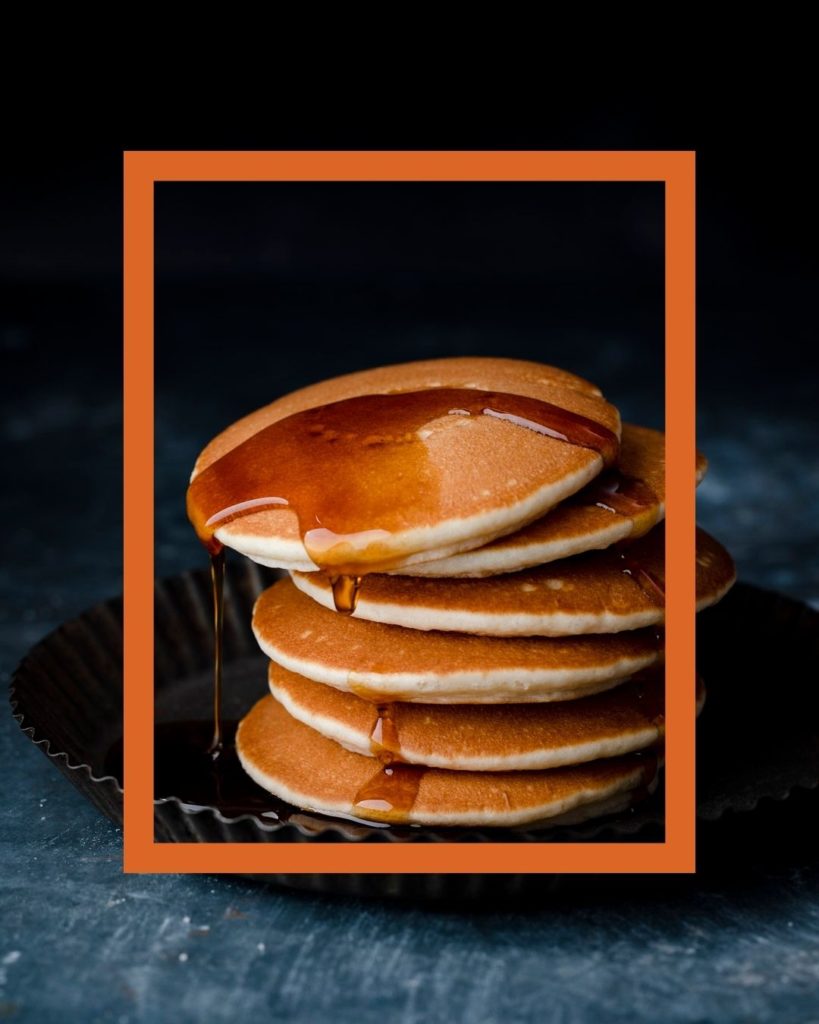
As such, the size of sensor affects the focal length of your lens. A lens will have a smaller field of view or a ‘tighter focal length’ when used on a crop sensor camera. In order to calculate the smaller/ tighter/ equivalent focal length of the lens on a crop sensor camera, use the following calculation:
Focal length x crop factor= equivalent focal length of lens
So for example, for a 50mm lens, the equivalent focal length of the lens on a Canon crop factor camera would be:
50 x 1.6= 80mm
So a 50mm lens would have the equivalent focal length of 80mm on a crop sensor camera. This is why it’s important to know what kind of camera you have and what lens to buy for it depending on whether it’s full fame or crop sensor. For example, a 100mm lens would be far too zoomed in for a crop sensor camera as it would have an equivalent focal length of 160mm. You would need a really large room and a lot of distance between your set up and the camera in order to capture the whole scene. Your lens choice will be determined by the sensor size of your camera.
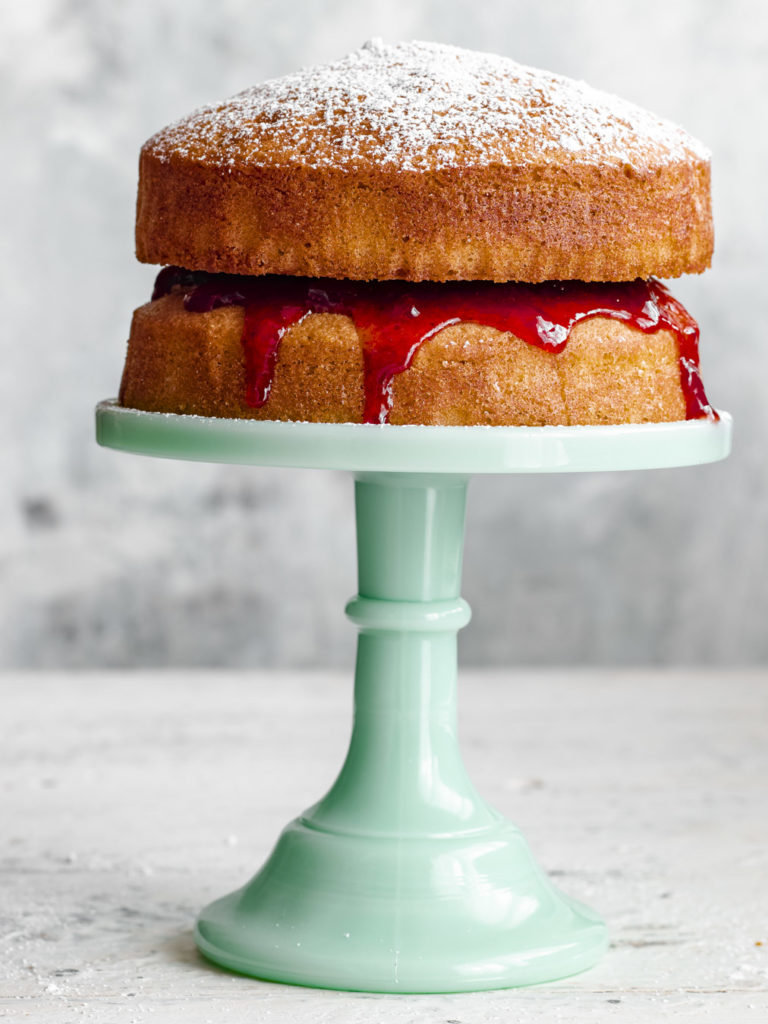
But what camera is best for food photography?
Finally, are you wondering which camera is best for food photography? The answer is the one you currently have, the one you can afford as well as what you will be using the camera for. If your budget is on the lower side, a crop sensor camera will do just fine. Just ensure you calculate the equivalent focal length of the lens you decide to purchase as an upgrade from the kit lens.
If food photography is a profession and you are working with clients who are expecting to print the photos you provide, it may be a good idea to invest in a full frame camera. The investment will pay for itself fairly quickly.
Understanding the difference between full frame and cropped sensor cameras is crucial if you are looking to purchase or upgrade your camera. It will also determine what lenses you want to purchase for your food photography needs.
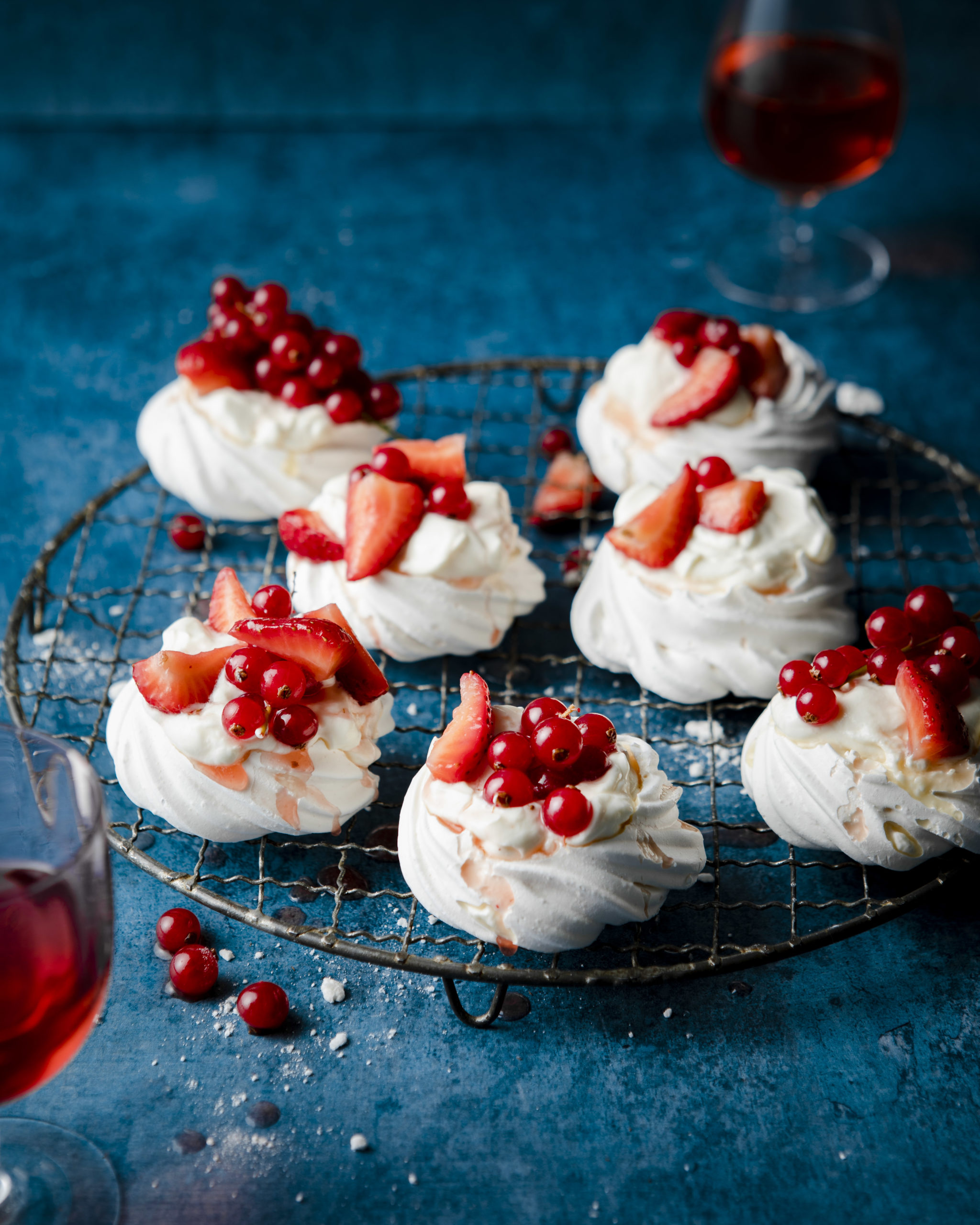
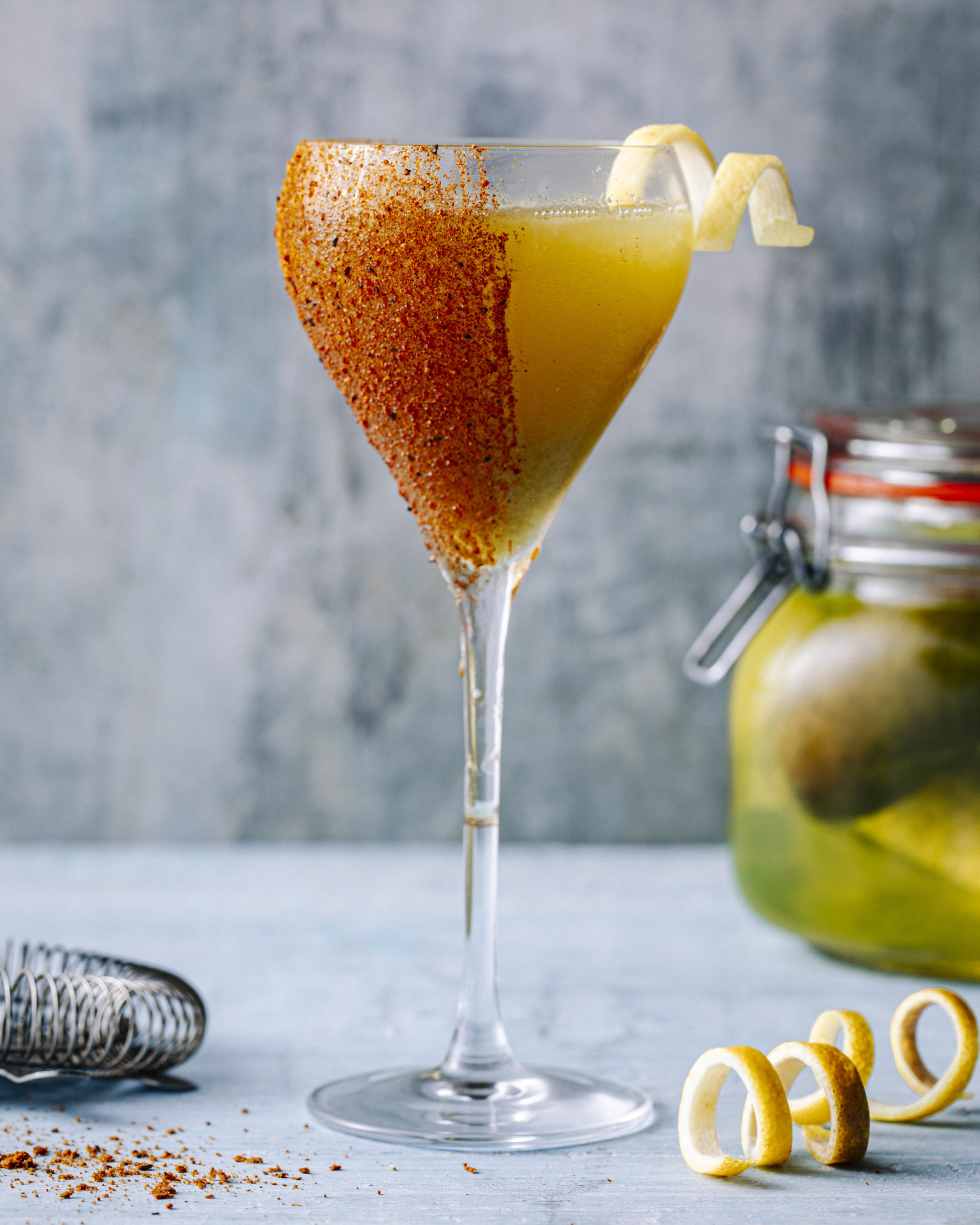
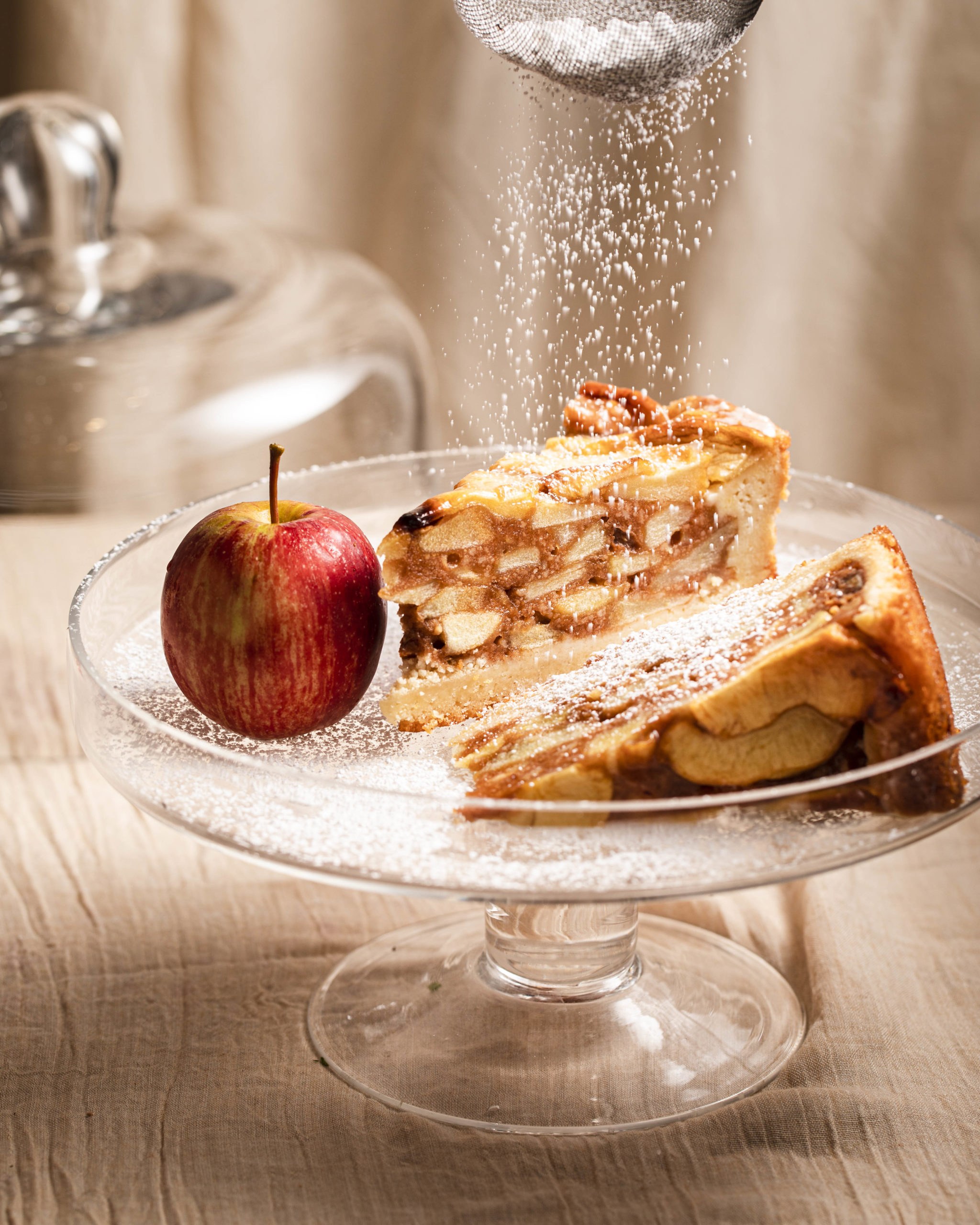
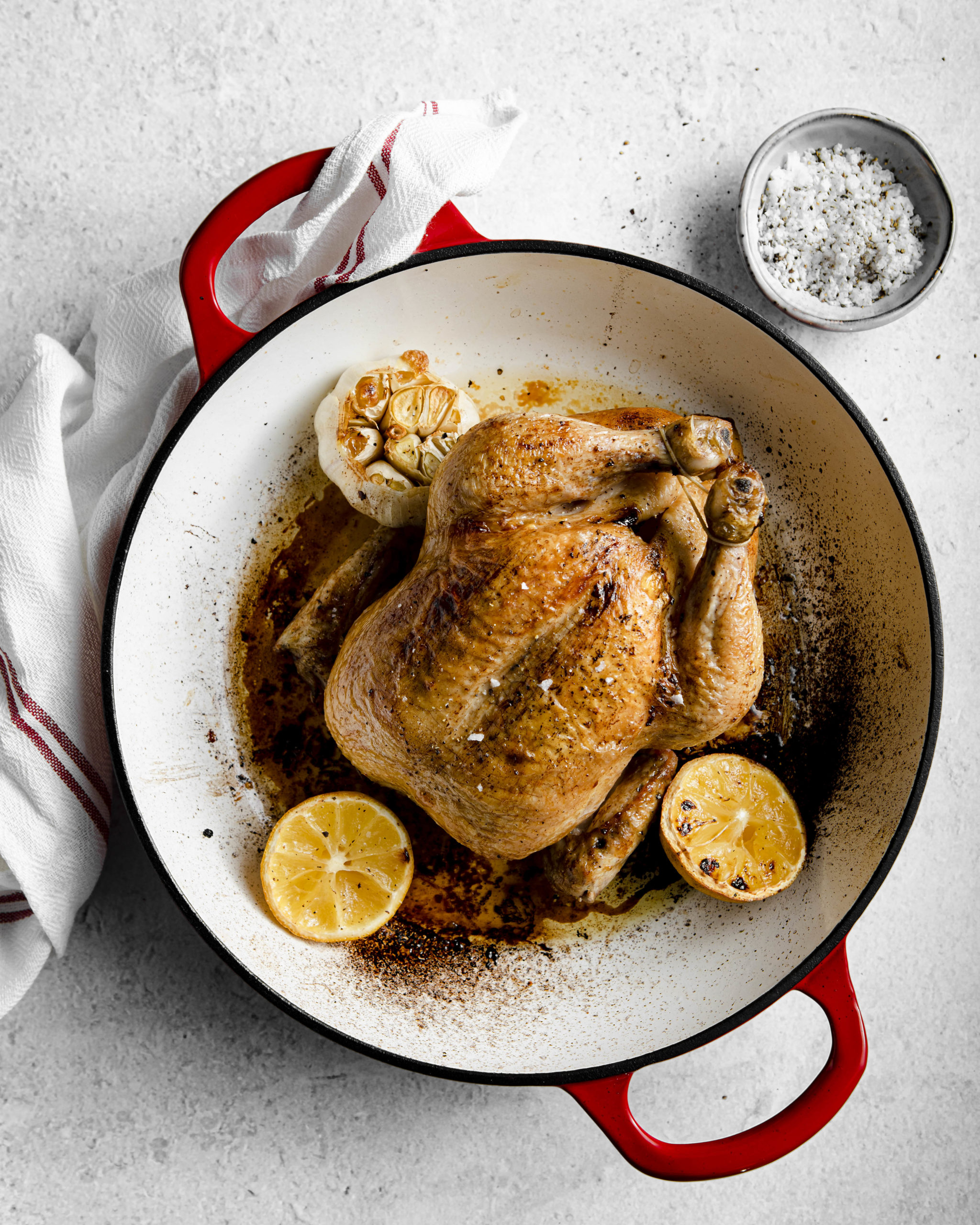
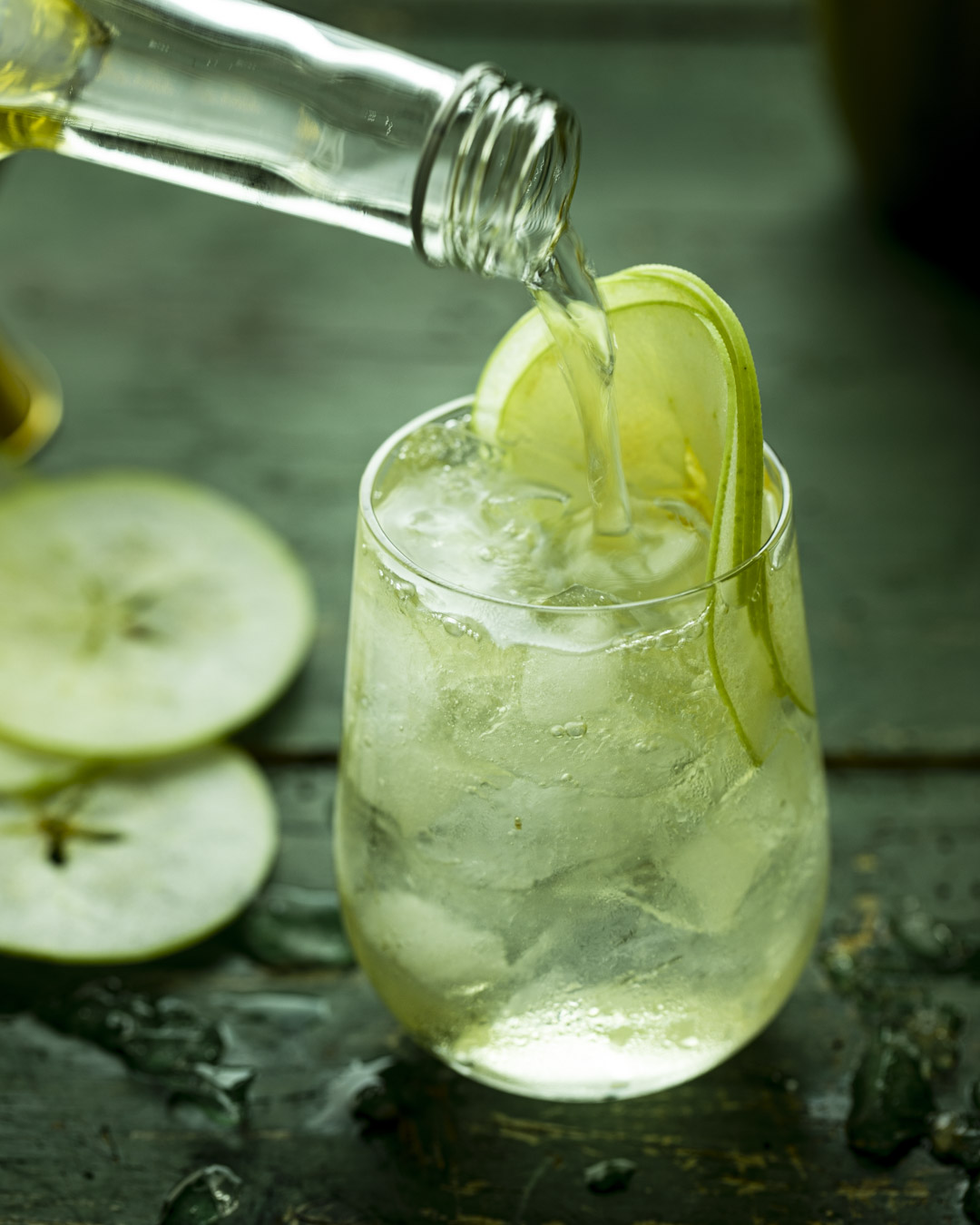
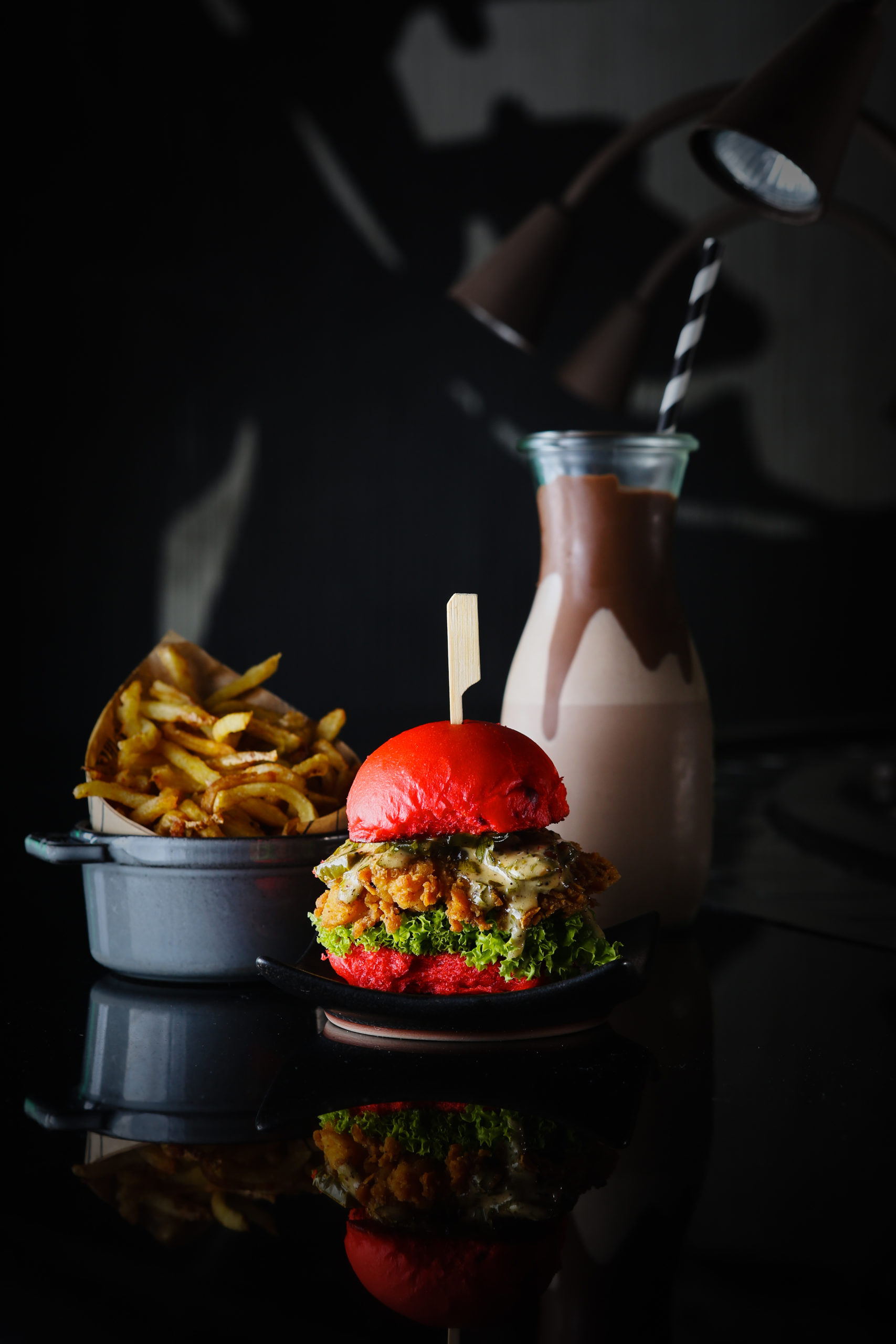
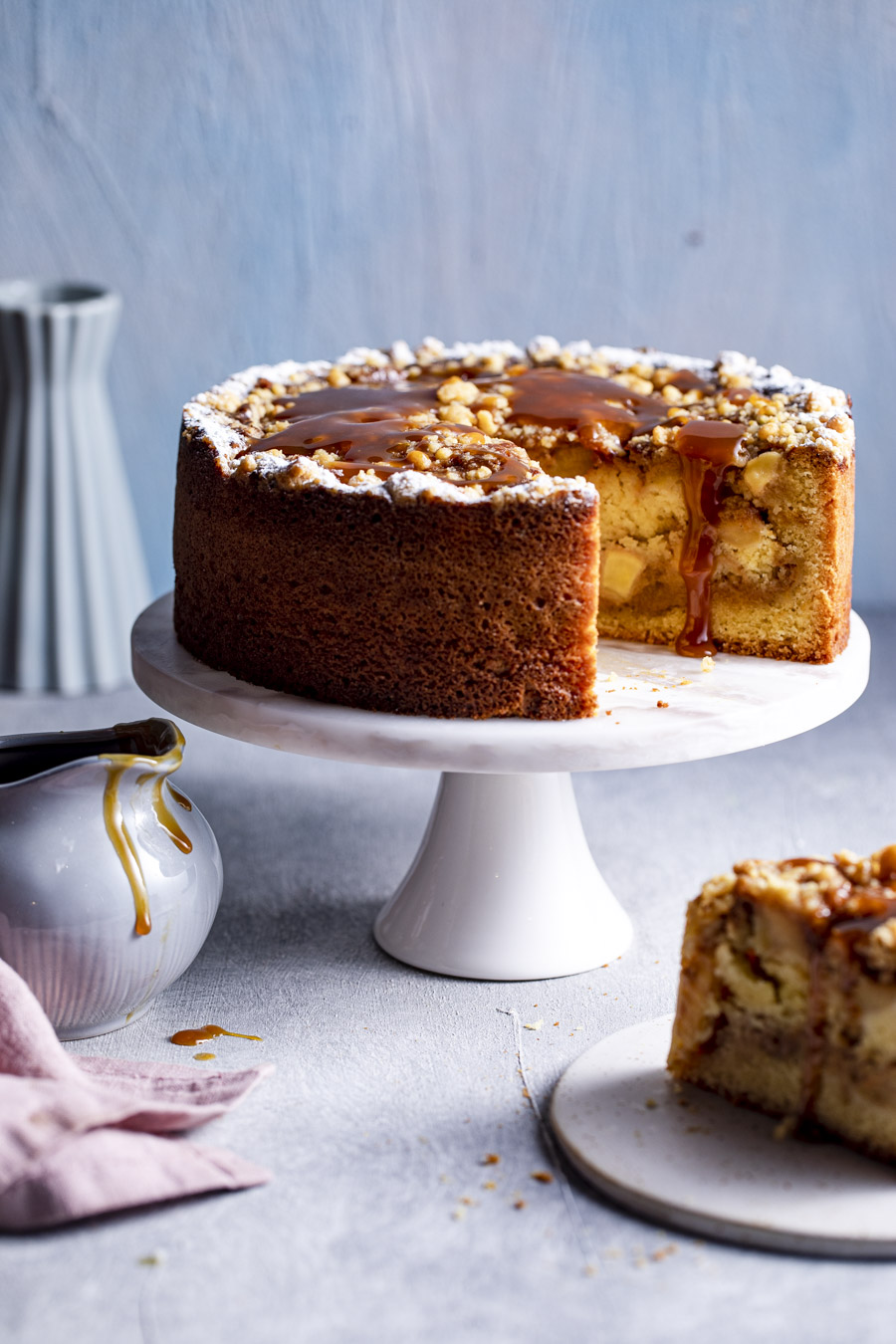
+ show Comments
- Hide Comments
add a comment